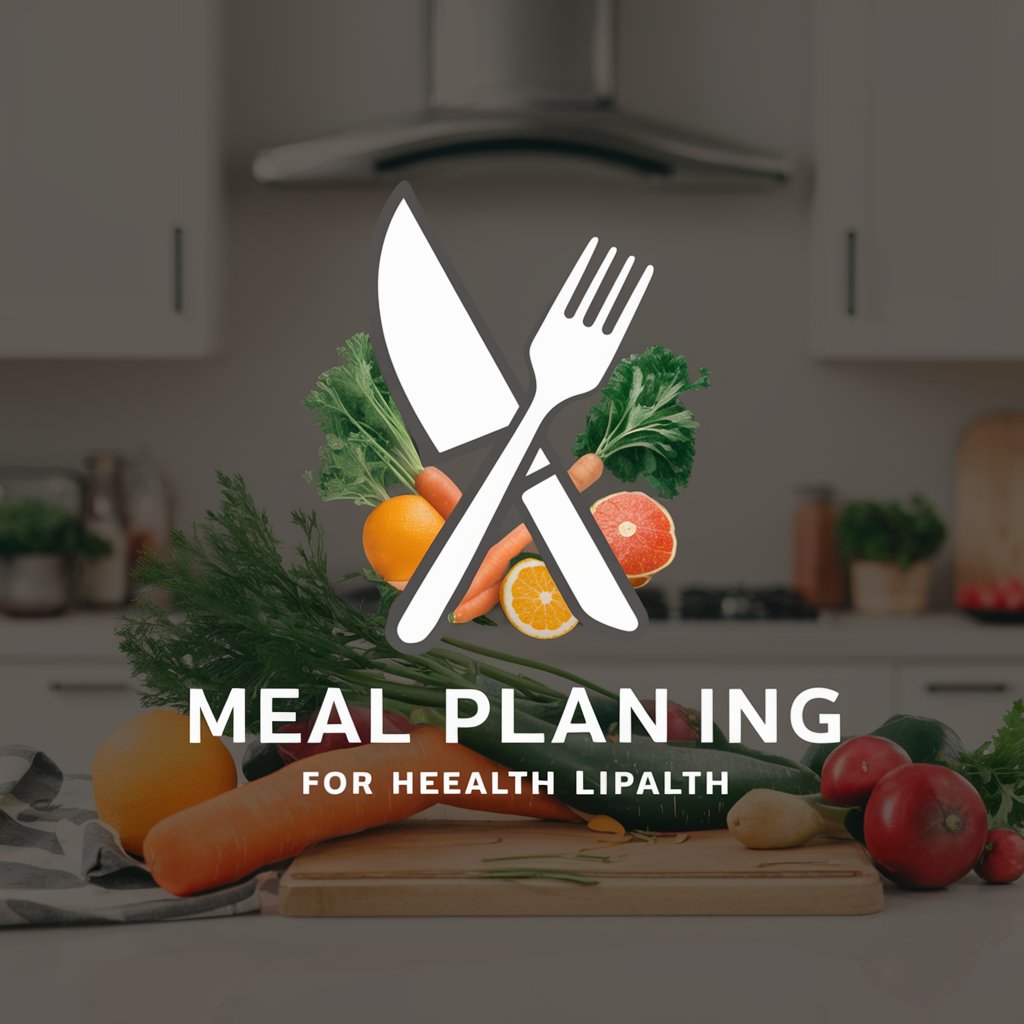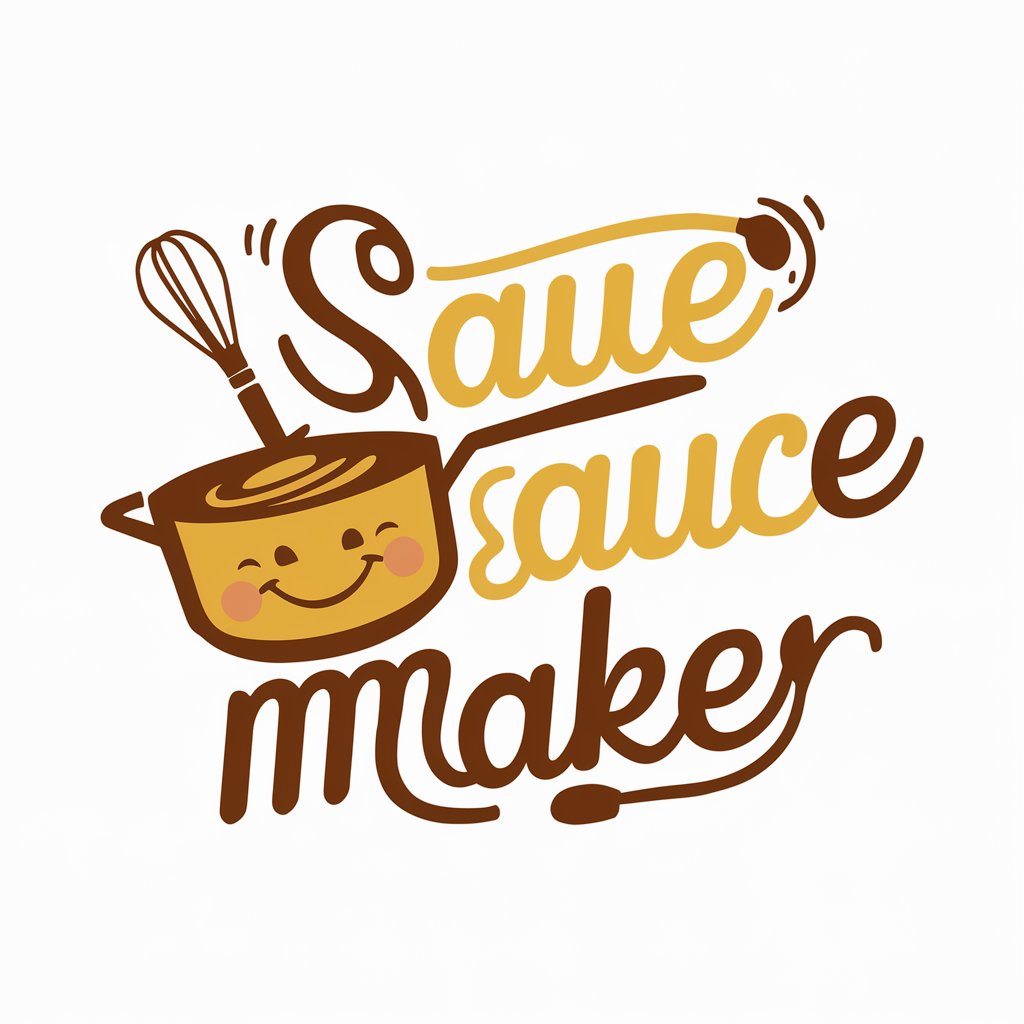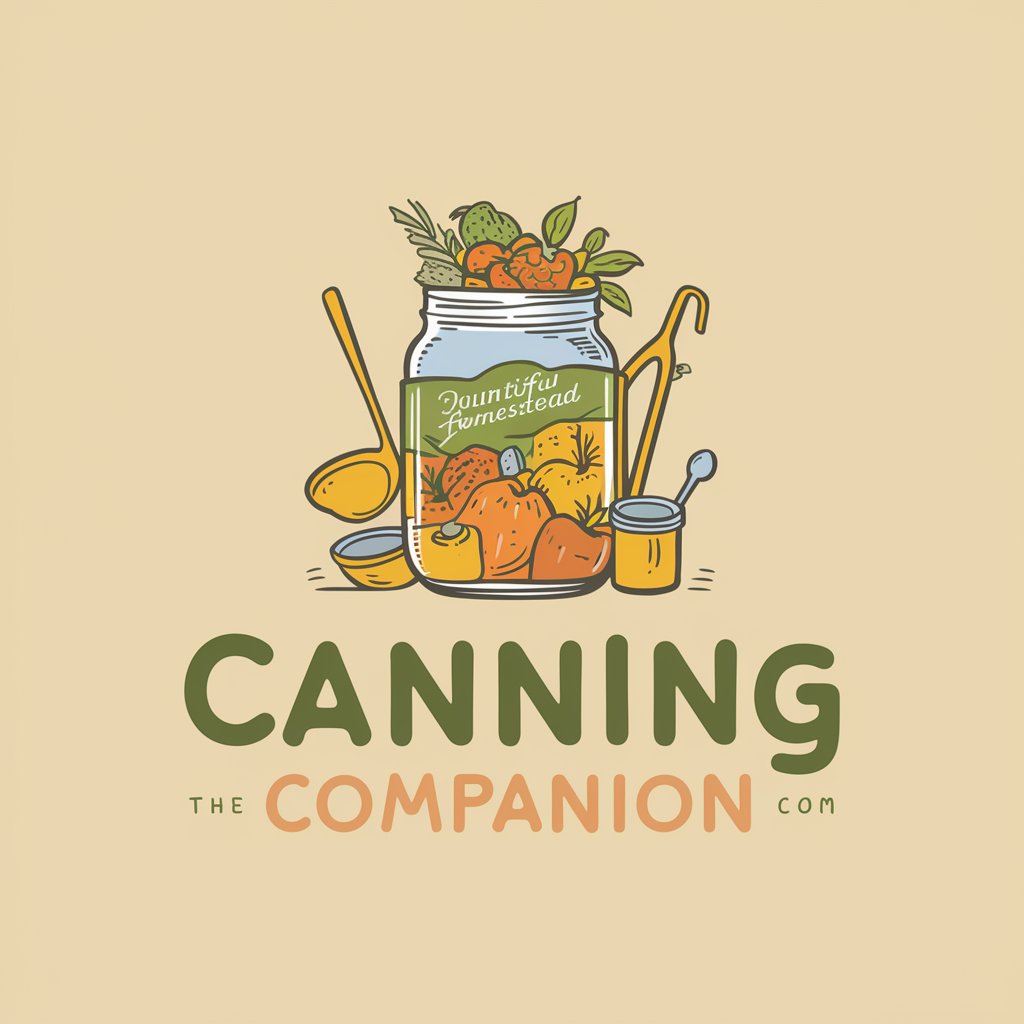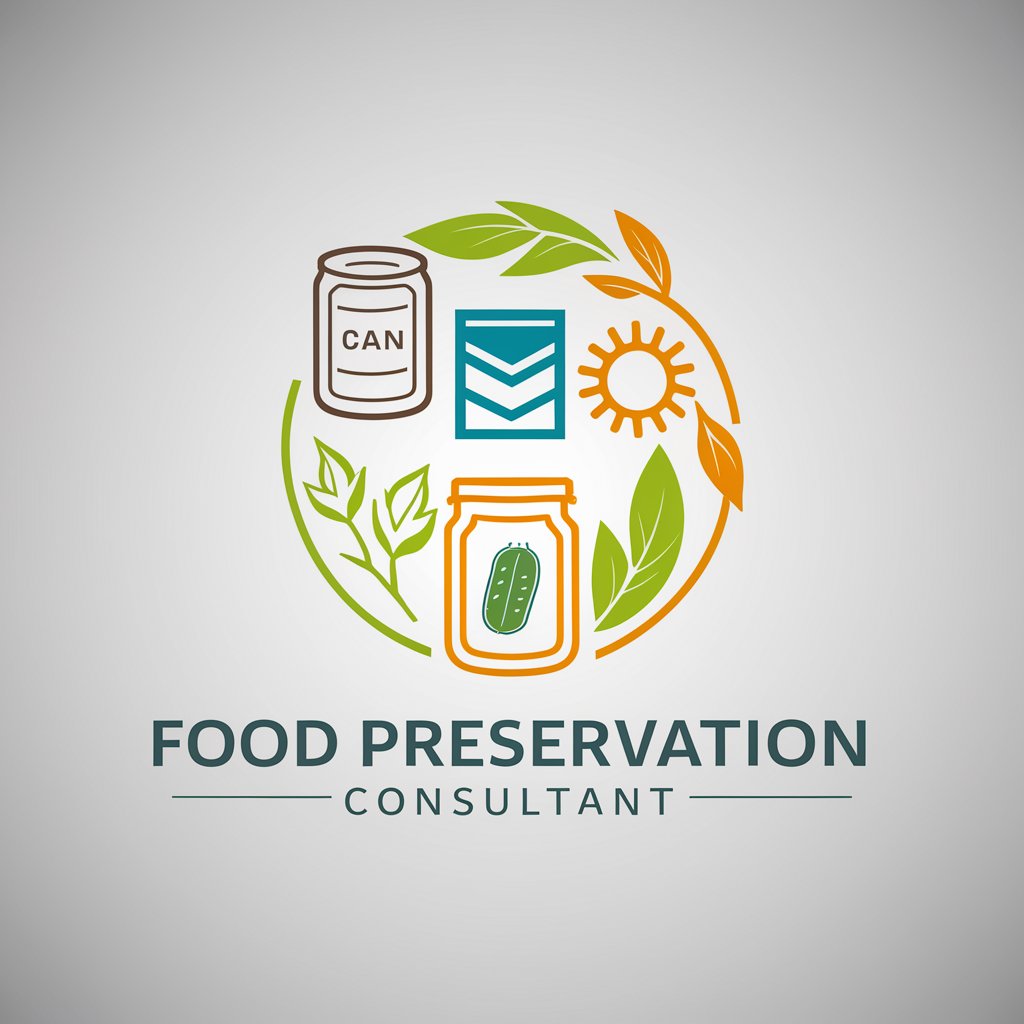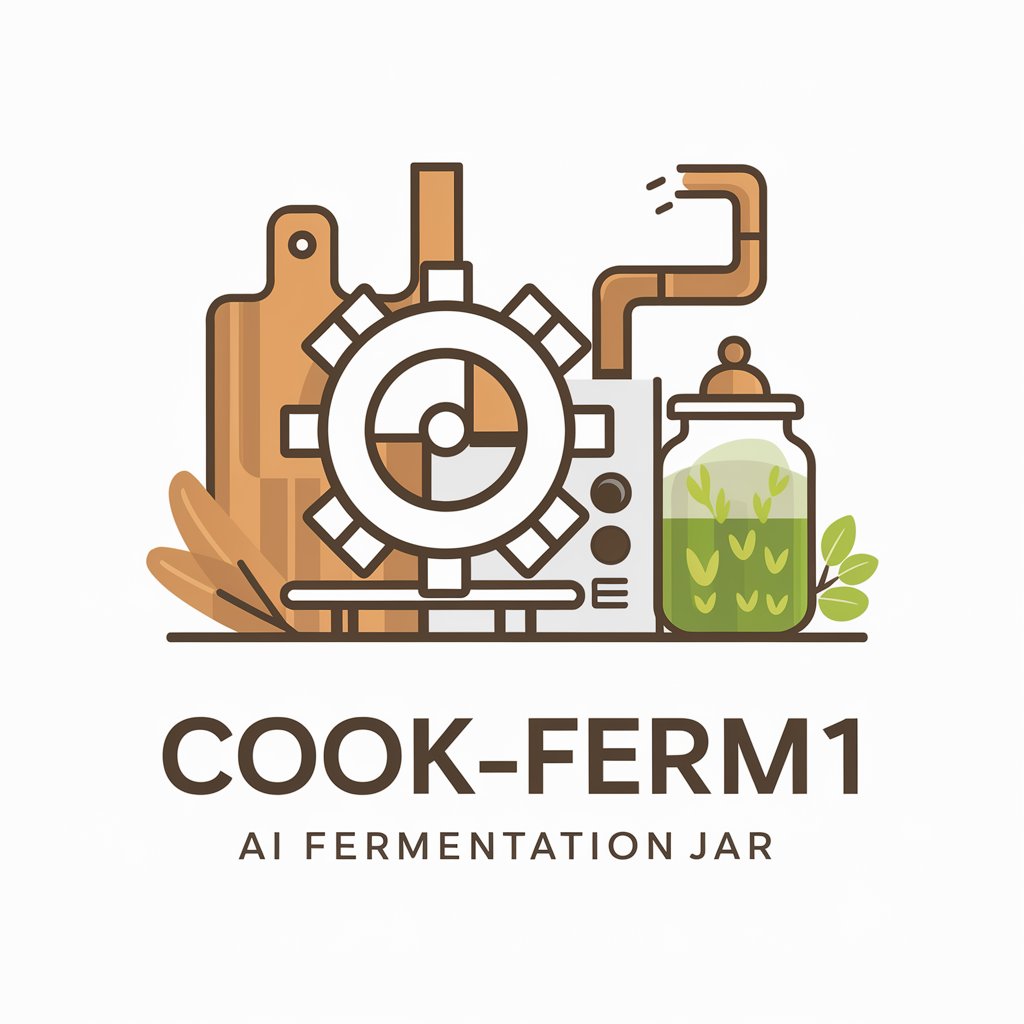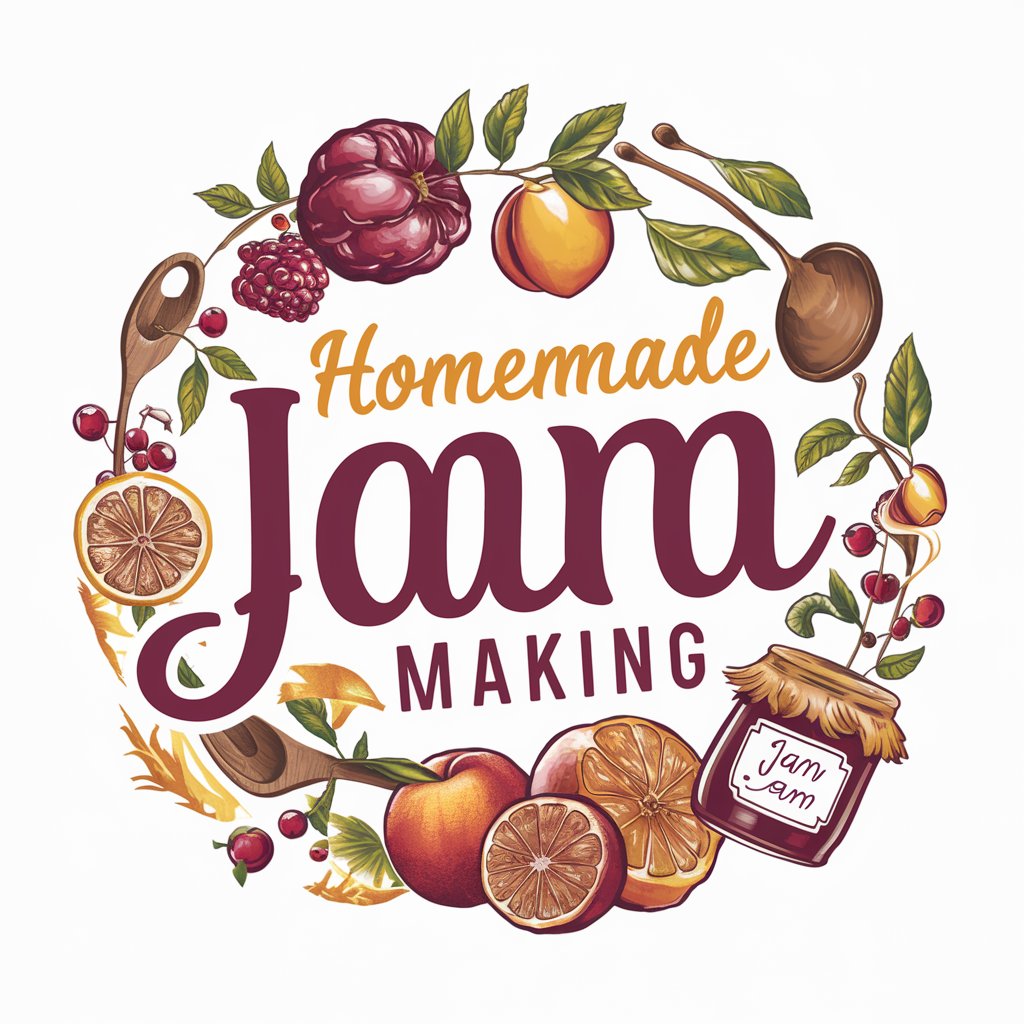
Canning - Canning Guide and Tips
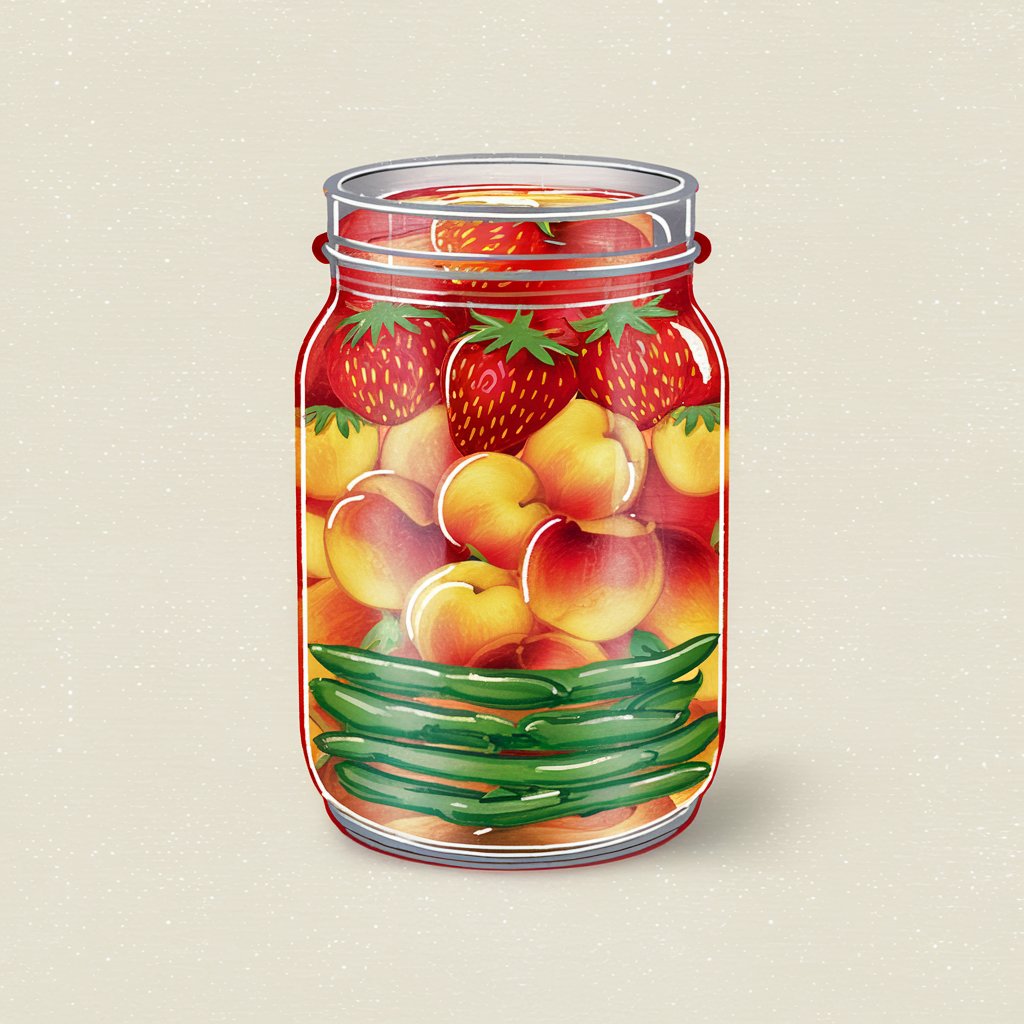
Welcome! Let's explore the art and science of food preservation together.
Preserve food with AI-powered guidance
What are the best practices for canning fruits?
Can you explain the differences between water bath canning and pressure canning?
How can I ensure the safety of my canned goods?
What equipment do I need to start canning at home?
Get Embed Code
Introduction to Canning
Canning is a method of food preservation that involves processing food items to extend their shelf life. The process typically includes placing foods in jars or similar containers and heating them to a temperature that destroys microorganisms and inactivates enzymes that could cause spoilage. This also creates a vacuum seal that prevents new microorganisms from entering and spoiling the food. Canning can be done through various methods, including water bath canning for high-acid foods like fruits, tomatoes, and pickles, and pressure canning for low-acid foods like vegetables, meats, and poultry. The purpose of canning is to preserve seasonal produce and other foods for year-round consumption, ensure food safety by preventing spoilage and foodborne illnesses, and allow for food storage without the need for refrigeration. Examples of canning applications include preserving homemade jams, pickles, salsas, and sauces, as well as canning fresh fruits and vegetables, meats, and seafood. Powered by ChatGPT-4o。

Main Functions of Canning
Food Preservation
Example
Extending the shelf life of seasonal fruits by canning them as jams or jellies.
Scenario
A homeowner with a prolific backyard fruit garden uses canning to preserve excess produce, turning peaches into peach jam and tomatoes into marinara sauce, ensuring they have access to their garden's bounty throughout the year.
Ensuring Food Safety
Example
Using pressure canning to safely preserve low-acid foods like green beans.
Scenario
A family interested in sustainable living practices cans their homegrown vegetables using a pressure canner to ensure these low-acid foods are free from botulism-causing bacteria, providing them with a safe, long-term food storage solution.
Sustainability and Reducing Food Waste
Example
Canning leftover vegetables and meats to make soups or stews.
Scenario
A community kitchen collects unsold vegetables and meats from local markets, cans them as hearty soups, and distributes them to community members, reducing food waste and providing nutritious meals to those in need.
Ideal Users of Canning Services
Home Gardeners
Individuals or families who grow their own fruits and vegetables and seek to preserve their harvest for use throughout the year. They benefit from canning by reducing food waste, saving money, and enjoying the fruits of their labor during the off-season.
Sustainable Living Enthusiasts
People interested in reducing their carbon footprint and minimizing food waste. They utilize canning to ensure food safety, preserve seasonal produce without reliance on industrial preservation methods, and maintain a sustainable pantry.
Preppers and Homesteaders
Individuals preparing for scenarios that may limit access to fresh food supplies. They rely on canning for long-term food storage, self-sufficiency, and ensuring a diverse and nutritious diet in times of scarcity.

Getting Started with Canning
Initial Step
Begin your journey into the world of canning by exploring online resources for a hands-on experience without any commitments. Websites like yeschat.ai offer free trials without the necessity for logins or subscriptions.
Gather Supplies
Collect the essential tools and ingredients for canning. This includes jars, lids, a canner or large pot, jar lifters, and produce. Ensure everything is clean and sterilized to prevent contamination.
Choose Your Method
Decide between water bath canning and pressure canning. Water bath canning is suitable for high-acid foods like fruits and tomatoes, while pressure canning is required for low-acid foods such as vegetables, meats, and poultry.
Prepare Your Recipe
Follow a tested and trusted recipe specifically designed for canning. This ensures the safety and longevity of your preserved foods. Adjust quantities and processing times based on altitude, if necessary.
Process and Store
Process your jars using the chosen method. After processing, check seals, label jars with contents and the date, and store in a cool, dark place. Properly processed foods can last for years.
Try other advanced and practical GPTs
Pulpo Communicator
Empowering cuisine curiosity with AI
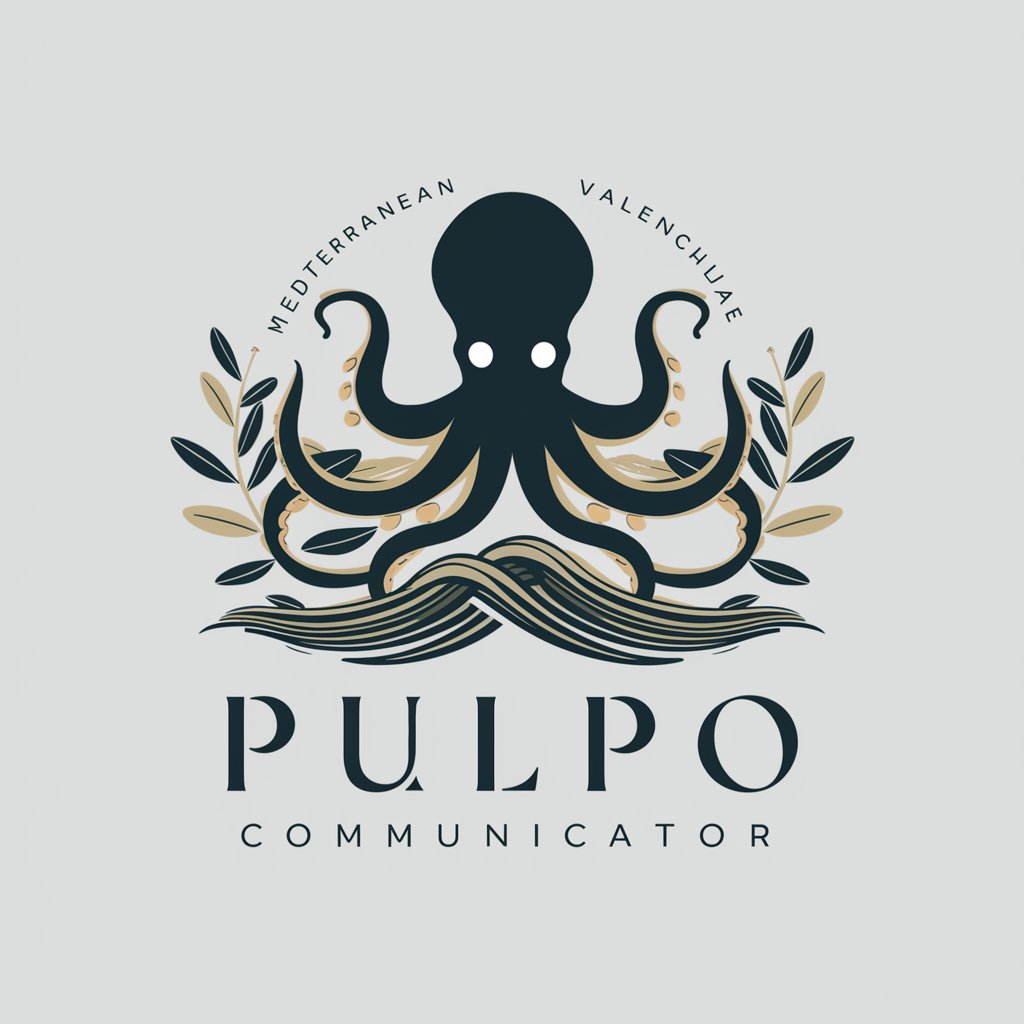
The AI Team
Empowering Collaboration with AI

InstaZine
Craft unique 'zines with AI-powered creativity.

CPT+
AI-powered PSI Exam Mastery

GetFitty
Empowering Your Health Journey with AI

Safety Strategist
Empowering safer workplaces with AI

GlobalGourmet
Discover global flavors with AI
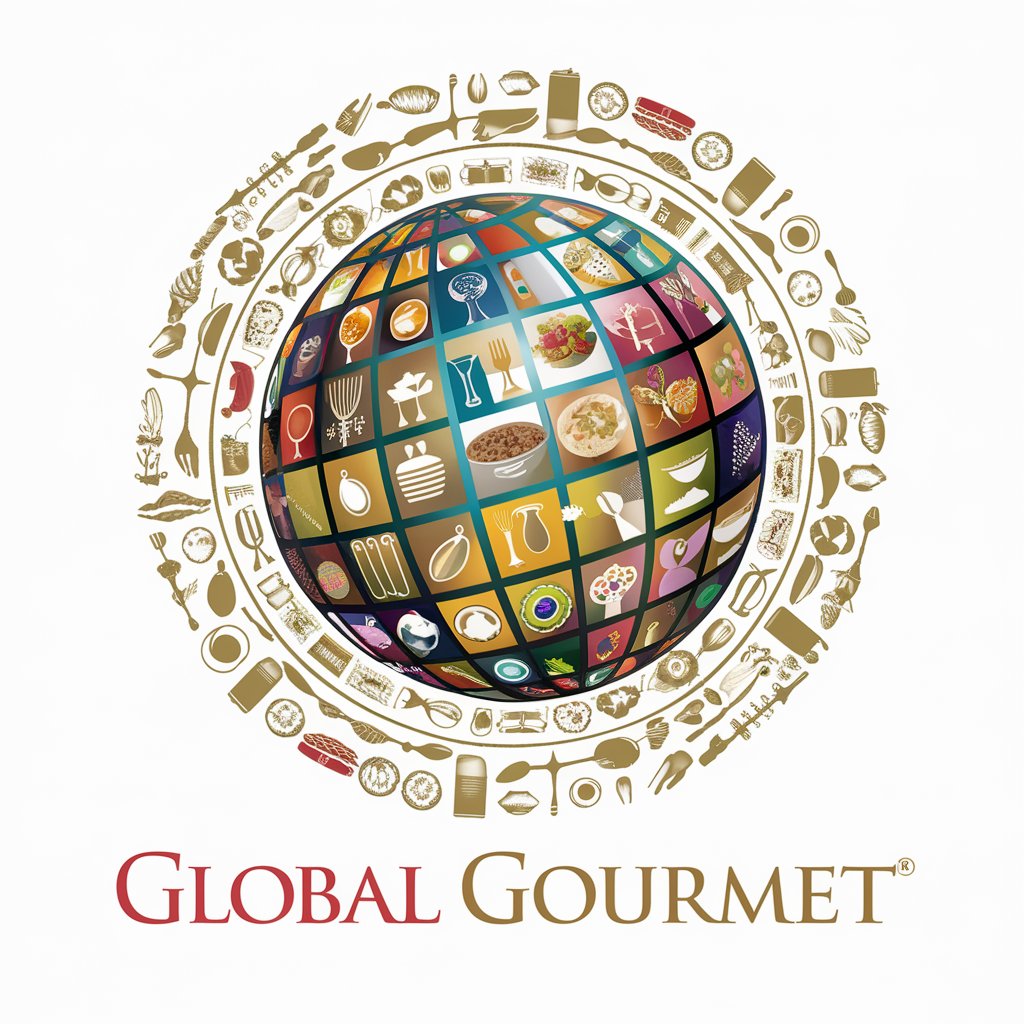
Sammy the Podcast Marketing Guru
Elevate Your Podcast with AI-Powered Marketing

ElderWise
Empowering older adults with AI-powered health wisdom.

Gut Health Guide
Empowering gut health with AI
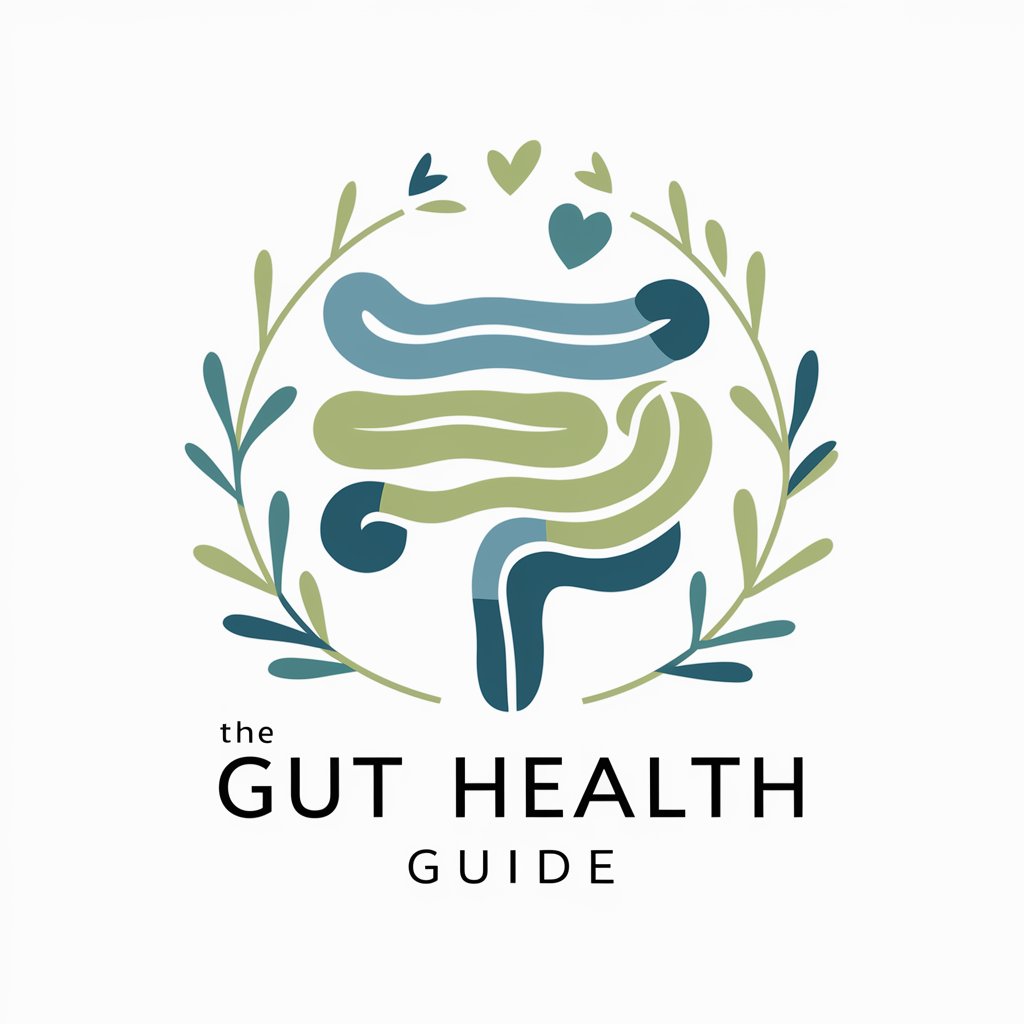
Task Organizer Pro
Empower your goals with AI assistance.
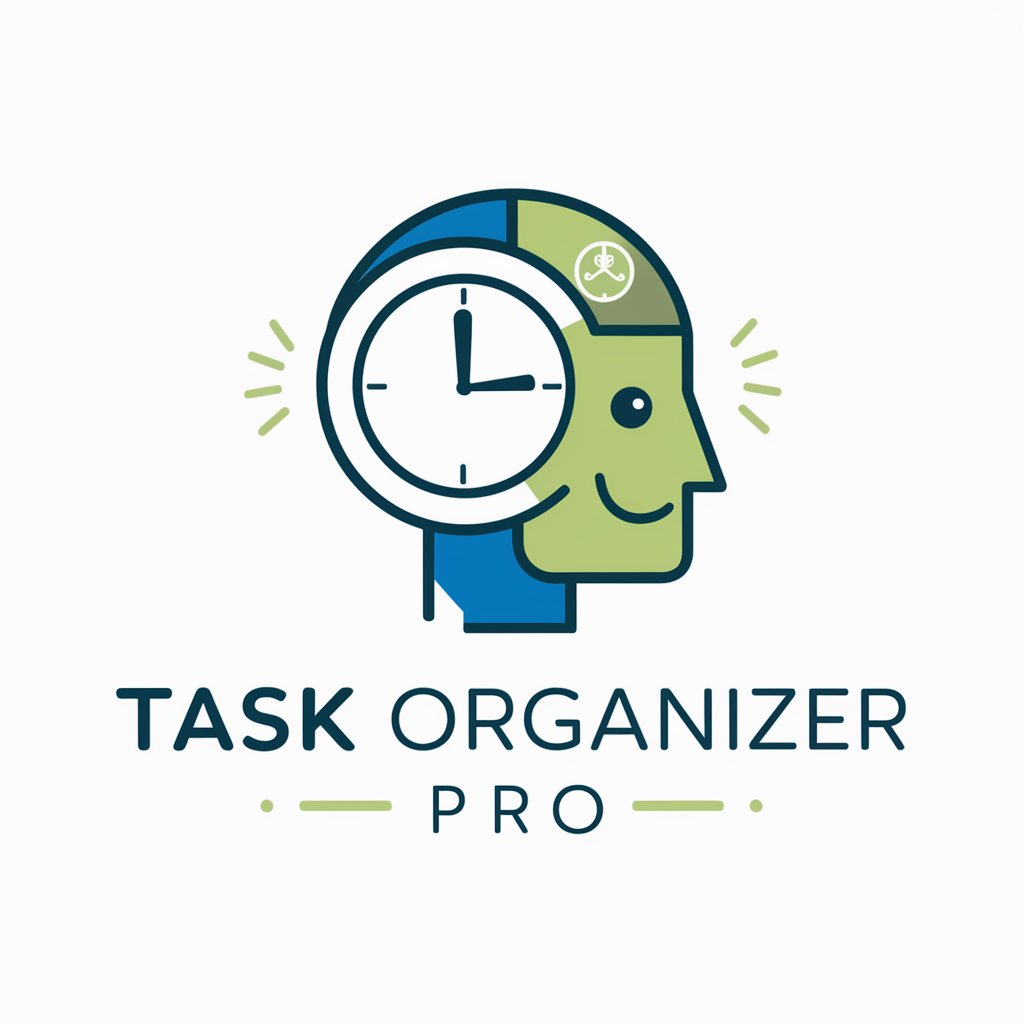
Furnace Repair
Empowering your home heating with AI

Frequently Asked Questions about Canning
What is the difference between water bath canning and pressure canning?
Water bath canning involves processing jars in boiling water and is suitable for high-acid foods. Pressure canning uses pressurized steam, reaching higher temperatures than boiling water, and is necessary for preserving low-acid foods safely.
How do I ensure my canned goods are safe to eat?
Use only tested recipes from reliable sources, ensure your canning equipment is in good condition, process jars for the correct time and at the right temperature, and always check the seal after processing. Any signs of spoilage mean the food should not be consumed.
Can I reuse jars and lids for canning?
Glass jars can be reused if they are free from nicks and cracks. However, metal lids designed for home canning should only be used once for sealing. Bands can be reused if they are not rusted or bent.
Why is acid important in canning?
Acid prevents the growth of botulism bacteria in canned foods. High-acid foods can be safely canned in a water bath canner, while low-acid foods require pressure canning to reach temperatures high enough to kill bacteria.
What can I do if a jar doesn't seal after processing?
If a jar doesn't seal within 24 hours of processing, you can either reprocess the food with a new lid within 24 hours, refrigerate it and use it within a few days, or freeze it for longer storage.
